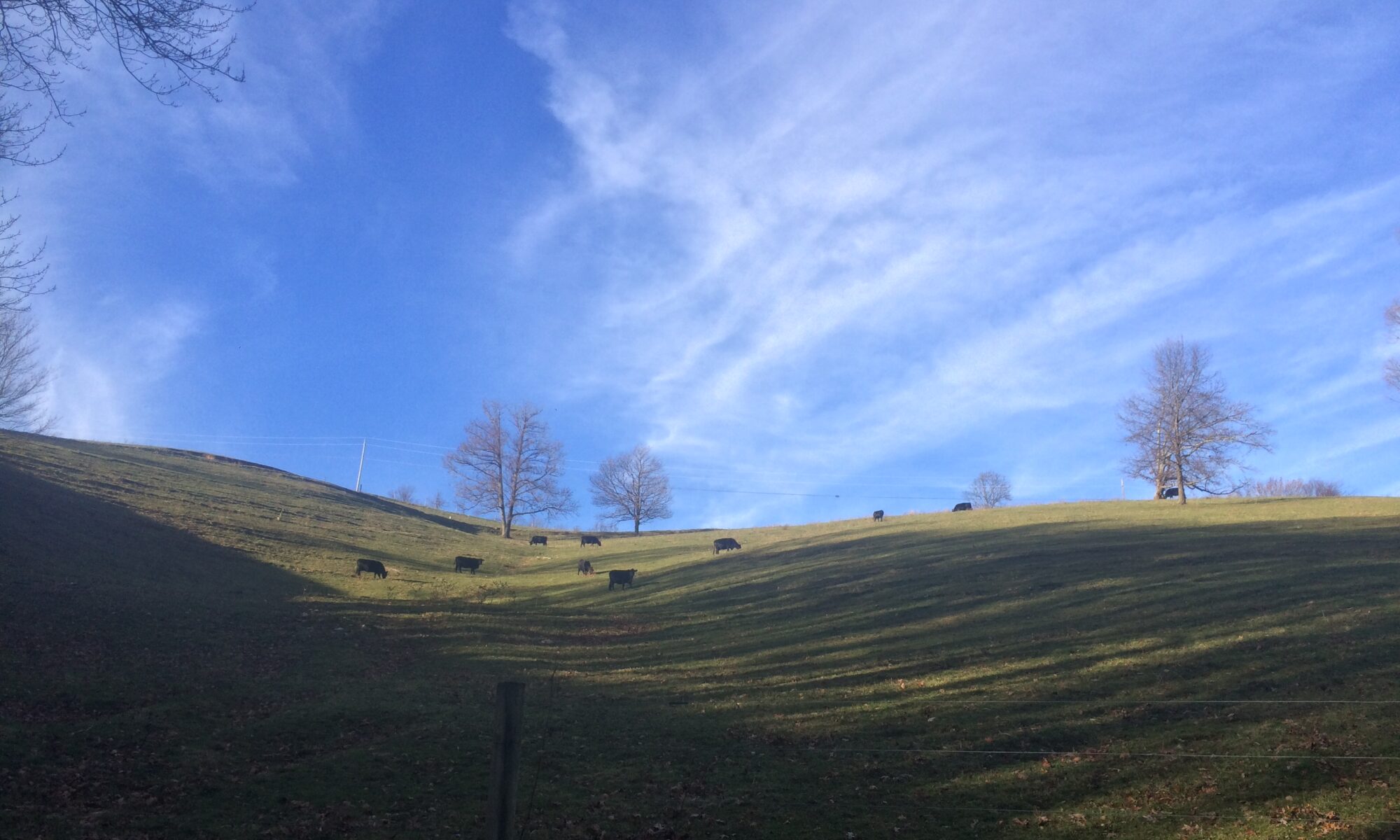

Dr. Katie Mason
Assistant Professor and Extension Beef Cattle Nutrition Specialist
Department of Animal Science
P: 865-974-8941
Originally published in Progressive Cattle magazine:
https://www.agproud.com/articles/61160-southeast-minerals-matter
Grazing management is often called an art and a science. There are many factors that influence grazing management decisions, and often, it comes down to a grazier’s observation of a pasture system and how it responds to grazing decisions. As Dr. Roy E. Blaser put it, “The success of any forage-animal system depends on the grazier, a person with equal interest and expertise in managing the interplay of soils, plants, and animals.” There are many objectives to consider when managing grazing, such as optimal forage production, efficient utilization, plant persistence, and desired animal performance, to name a few. The grazier makes decisions based on these objectives, while also considering external factors like time and labor availability, land availability, and weather conditions.
Flexibility is key – no one approach will work on all farms, nor does one approach work for different seasons. However, there are some guiding principles that influence how a plant or pasture will respond to grazing events. These tools, or strategies that can be employed to make the most of a pasture, are grazing intensity, frequency, and timing (Sollenberger et al., 2020). Grazing intensity is likely the most important of the grazing management tools that we have. It relates to severity of grazing, or in different terms, stocking rate: the relationship between animal weight and amount of forage available. When balancing stocking rate, it is important to target an optimal level of output for both the animal and the acreage. A low stocking rate may result in high individual animal performance, but it is not efficient use of the total acreage. A high stocking rate will eventually begin to limit individual animal performance and total output per land area as forage amount become limiting.
Grazing frequency is essentially the method used to graze, such as continuous or rotational. Selecting the method gives the grazier a way to fine-tune the grazing system, but it is still most important to focus on grazing intensity as this will have the most impact on plant persistence. Stocking method may depend on resources such as water supply, fencing, and labor availability. Rotational grazing does have its benefits in that it may improve forage utilization and result in more uniform nutrient distribution. It also creates more flexibility in managing nutritional requirements by allowing for separation of animal groups. Finally, the timing of grazing relates to the growth stage of the plant or amount of carbohydrate reserves available in a plant’s roots. Properly timed grazing ensures plant recovery and long-term productivity.
While there is no universal grazing strategy, understanding and applying these principles helps graziers navigate the balance between science and intuition, leading to more productive and sustainable systems.